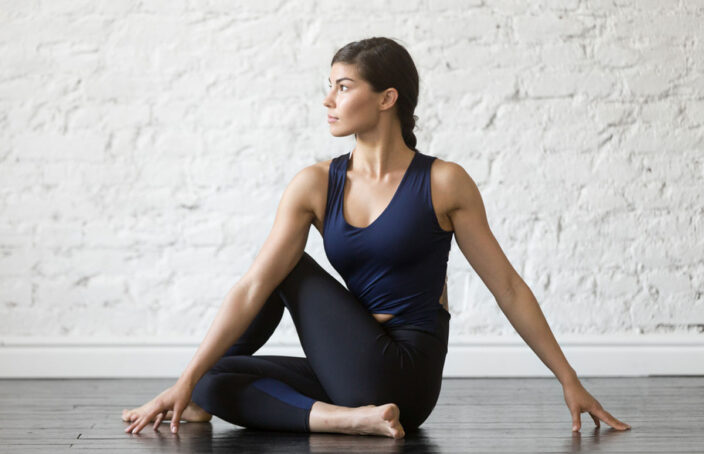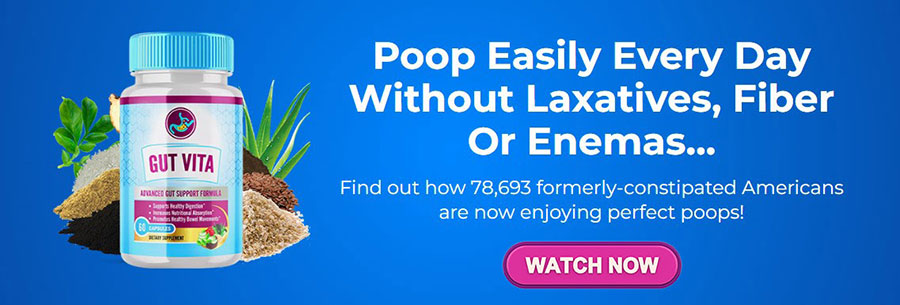The 3 Best Workouts to Relieve Constipation (and 2 to Avoid)
It was one of those weeks where everything felt out of sync. I’d been eating all the right foods, drinking plenty of water, and still, my body wasn’t cooperating. Constipation had taken over, leaving me bloated, sluggish, and desperate for relief. That’s when I decided to try something new—exercise.
While I’ve always known that movement is good for digestion, it wasn’t until I started incorporating specific types of workouts that I truly understood their power. To my surprise, certain exercises had an almost magical effect, helping my body find its rhythm again. On the flip side, there were workouts that made everything worse, leaving me feeling even more stuck than before.
In this article, I’ll share the three best workouts to relieve constipation, as well as two to avoid, so you can get your digestion back on track and feel like yourself again.
Why Exercise Helps Relieve Constipation
When you move, your body doesn’t just burn calories—it stimulates your digestive system, encouraging the smooth movement of food through your intestines. Exercise:
- Increases Blood Flow: More oxygen and nutrients reach your digestive organs.
- Stimulates Peristalsis: The gentle contractions of your intestines that help move waste along.
- Reduces Stress: Stress is a common constipation trigger, and exercise helps lower cortisol levels.
But not all workouts are created equal when it comes to digestion. Some are your best friends, while others can do more harm than good.
The 3 Best Workouts to Relieve Constipation
1. Walking: The Underrated Champion
Why It Works:
Walking is a low-impact activity that gently stimulates peristalsis, the wave-like muscle contractions that push food through your digestive tract. It’s accessible to everyone and requires no special equipment.
How to Do It:
- Aim for a brisk 20–30-minute walk after meals.
- Focus on maintaining good posture and breathing deeply to maximize the digestive benefits.
Personal Insight:
One evening, after an especially frustrating day battling constipation, I laced up my sneakers and went for a walk around the neighborhood. The rhythmic motion of my steps felt like a massage for my insides. By the time I returned home, the bloating had eased, and the next morning, I finally felt relief.
2. Yoga: The Mind-Body Connection
Why It Works:
Yoga combines movement, breathwork, and relaxation, making it a triple threat against constipation. Certain poses gently compress and massage the abdominal area, encouraging digestive flow.
Best Poses for Constipation Relief:
- Child’s Pose (Balasana): Releases tension and gently massages the abdomen.
- Seated Forward Fold (Paschimottanasana): Stimulates the intestines by compressing the abdomen.
- Wind-Relieving Pose (Pavanamuktasana): Does exactly what its name suggests!
Personal Insight:
Yoga became my go-to remedy after discovering how effective it was at calming my digestive system. The first time I tried Wind-Relieving Pose, I couldn’t help but laugh at how aptly named it was—and yes, it worked like a charm.
3. Rebounding: Fun and Effective
Why It Works:
Rebounding, or jumping on a mini-trampoline, stimulates the lymphatic system and gently jiggles the digestive organs, promoting bowel movement. It’s a fun, low-impact workout that doesn’t feel like exercise.
How to Do It:
- Start with 10–15 minutes of light bouncing.
- Gradually increase the duration as your body gets used to it.
Personal Insight:
The first time I tried rebounding, it felt like being a kid again—pure joy and movement. What I didn’t expect was how quickly it worked to get my digestion back on track. It’s now a staple in my weekly routine.
The 2 Workouts to Avoid
1. High-Intensity Interval Training (HIIT)
Why It Doesn’t Work:
HIIT workouts can be too intense for an already stressed digestive system. The high energy demand diverts blood flow away from your intestines, slowing digestion further.
Personal Insight:
I learned this the hard way. After an intense HIIT session, I felt even more bloated and constipated than before. It was a clear reminder that sometimes, less is more.
2. Heavy Weightlifting
Why It Doesn’t Work:
Straining under heavy loads can increase abdominal pressure, which might worsen constipation or even lead to hemorrhoids.
Personal Insight:
As much as I love weightlifting, I had to put it on pause during bouts of constipation. Lighter, functional movements proved far more effective for keeping things moving.
Additional Tips to Enhance Digestive Relief
While exercise is a powerful tool, combining it with these strategies can amplify its benefits:
1. Stay Hydrated
Water is essential for keeping your stool soft and your digestive system moving smoothly.
Personal Insight:
I started carrying a water bottle everywhere, adding lemon slices for flavor. Not only did it help with digestion, but it also boosted my energy.
2. Eat Fiber-Rich Foods
Incorporate fruits, vegetables, whole grains, and legumes into your diet to support bowel regularity.
Personal Insight:
Switching to fiber-packed meals like oatmeal with berries and chia seeds made a noticeable difference in how I felt.
3. Practice Mindful Eating
Chew your food thoroughly and eat slowly to reduce bloating and encourage proper digestion.
Personal Insight:
Slowing down at mealtime felt like a small act of self-care, and it made a big impact on my digestion.
When to See a Doctor
While exercise and lifestyle changes are effective for most people, persistent or severe constipation may indicate an underlying issue. Seek medical attention if:
- Constipation lasts more than three weeks.
- You experience severe pain or blood in your stool.
- Other symptoms, like weight loss or fatigue, accompany constipation.
Final Thoughts: Movement as Medicine
Constipation can be an uncomfortable and frustrating experience, but the right movement can make all the difference. Whether it’s a gentle walk, a yoga session, or a few minutes of rebounding, exercise offers a natural, empowering way to support your digestion and feel better fast.
For me, this journey taught me the importance of listening to my body and finding joy in movement. The relief I found wasn’t just physical—it was emotional, too. So, the next time you’re feeling stuck, remember that a little movement might be all you need to get things moving again.
Here’s to better digestion and a healthier you!


